[Opinion] A week with the Wii U – What do YOU think?
Posted on 13 years ago by Austin(@NE_Austin) in Features, Wii U | 14 Comments
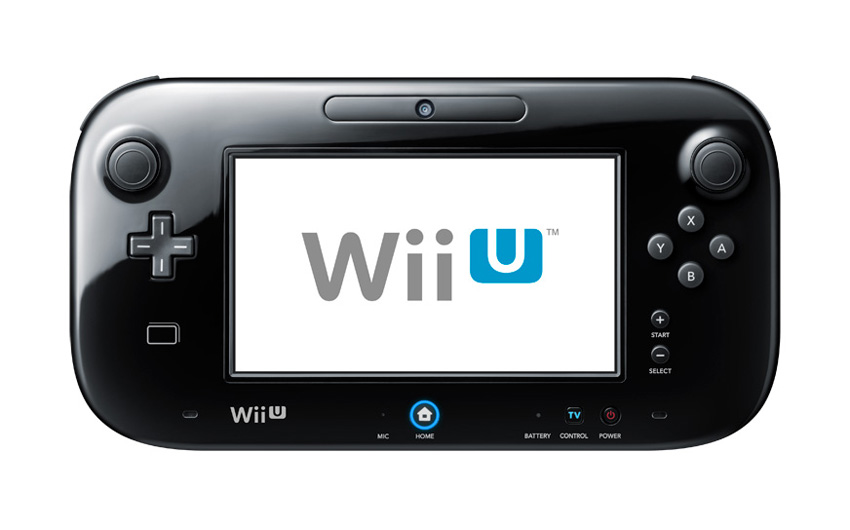
Author: Austin
Sometimes it’s hard to look at a console objectively and pick out its successes and failures with equal clout– especially when you are trying to justify spending over $400 on it– but amid the great leaps forward the Wii U has made in its quest to become Nintendo’s greatest console of all time, it’s painstakingly obvious that parts of it still fall far behind the lines that were drawn even by Microsoft and Sony’s now-last-gen consoles. So here’s a question for you:
What do you think so far? What are your favorite things? What don’t you like about it? Let’s hear all of it, and if you need some inspiration, here are the things I’ve compiled thus far:
Here’s a Podcast – Episode 17!
Posted on 13 years ago by Austin(@NE_Austin) in Features, Podcast | 0 comments
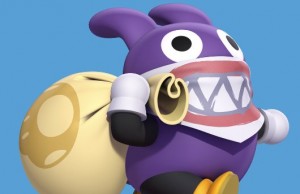
17 episodes in and we’ve already started to get lazy with the show format! We end up getting through news and all of the regular stuff this week, in addition to a saturated discussion about whether the Wii U is “next gen” or not, and round things off by discussing the things we wish the Wii U could do after spending a week with it.
As always, thank you guys for your questions, and if you want to submit some for next week use our email address ([email protected]) or keep an eye on our Facebook page. I always ask for questions a few hours before we record!
Subscribe via iTunes by clicking this thing!
Subscribe with Google by clicking this thing!
Subscribe with Yahoo something-or-other by clicking this thing!
[Review] Call of Duty: Black Ops 2 (Wii U)
Posted on 13 years ago by Austin(@NE_Austin) in Podcast Stories, Reviews, Wii U | 0 comments

Author: Austin
A lot of people make fun of Call of Duty for being mindless, repetitive nonsense that too many people buy into when there are way better games out there that they could be playing. Hell, whenever I need a game to be the faceman of the excessively high-octane, testosterone-fueled trends that permeate gaming culture today, I turn to Activision’s inhumanely popular first person shooter franchise. It just seems… “right”, somehow. And yet, after playing Black Ops 2 extensively over the last week or so, I can’t help but feel as though I need to clarify something:
Treyarch is now exempt from the criticisms that apply to the Modern Warfare series.
[Review] New Super Mario Bros. U
Posted on 13 years ago by Austin(@NE_Austin) in Podcast Stories, Reviews, Wii U | 0 comments
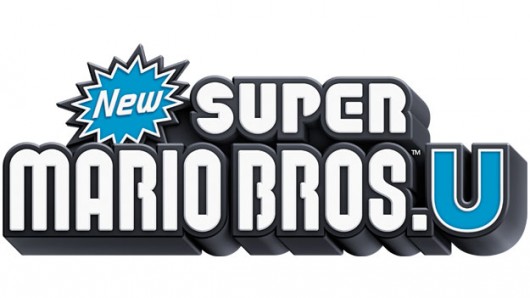
Author: Jack
With the launch of a new console– Wii U in this case– industry staple Nintendo always turns to a premier intellectual property to act as a catalyst for initial sales to hopefully make a dent in the marketplace. With Wii U’s predecessor “Wii”, Nintendo forwent tradition and went with a (highly anticipated) Zelda game, in addition to a new family-friendly motion-gaming-based aesthetic, and the rest is history—Twilight Princess became one of the most critically acclaimed games of the seventh generation, and the Wii went on to outsell its Sony and Microsoft contemporaries by 29%.
This time around, Nintendo is going back to its roots and kicking things off with a Mario game, oddly enough only three months after releasing the third New Super Mario Bros. iteration on 3DS. The fourth in line for the series, will New Super Mario Bros. U break the mold of the increasingly cookie-cutter series and offer a fresh experience akin to Super Mario Galaxy, or will it continue down its road of slight obsolescence? Upon (near) completion, the latter is definitely a better descriptor, but New Super Mario Bros. U still manages to be well worthy of your time and money.
[Review] Nintendo Land
Posted on 13 years ago by Austin(@NE_Austin) in Podcast Stories, Reviews, Wii U | 12 Comments

The virtual Nintendo themed amusement park may seem like a very obvious way to teach us all of the new features of the Wii U, but it also delivers a fun and charming party game with the familiarities of our favorite Nintendo games.
Author: Laura
Following in the footsteps of Wii Sports, Nintendo Land uses a fun mini game style to teach us how to get the best experience out of the Wii U’s new features. I played some of it multiplayer on the livestream we did a few days ago, and some by myself, and I’m happy to say that either way it was a lot of fun. Party games are usually only fun in a…well, a party! But I can honestly say I enjoyed playing by myself as much as I did with friends, and you can’t get that same feeling with games like Mario Party, Wii Sports or Wii Party.
[Review] ZombiU
Posted on 13 years ago by Austin(@NE_Austin) in Podcast Stories, Reviews, Wii U | 0 comments

(Note: This is a review of the single player. Multiplayer is pretty much exactly what you’d expect.)
I’ve been playing ZombiU constantly over the last two days, and when I first started out I considered myself nothing more than certifiably intrigued. A couple of hours in, and I went from intrigued to impressed. A few hours on top of that and I was enthralled. Add an hour or two more and I found myself legitimately surprised that I was enjoying the game as much as I was. I had read in so many places that at best it was “fun-but-flawed”, and I had damn-near convinced myself that such a label was “good enough”, and very admirable for a launch title.
When it comes down to it though– and I do NOT say this lightly– I’ve ended up thinking that ZombiU is one of the best survival horror games I have ever had the immense pleasure of playing.
The Colossal Wii U Launch Game Roundup
Posted on 13 years ago by Patrick(@Patricklous) in Features, Podcast Stories, Wii U, Wii U eShop | 1 Comment
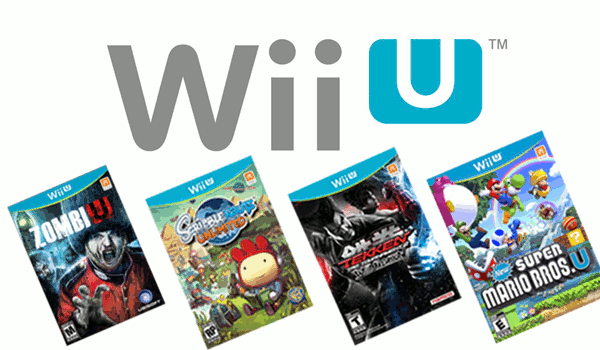
I’ve counted no less than 30 games releasing alongside the Wii U in North America tomorrow (or today, depending on when this goes live). So let’s not waste any time going over all the games you might be playing if you’re not waiting two more weeks for the console to come out like I am…
Here’s a Podcast – Episode 16!
Posted on 13 years ago by Austin(@NE_Austin) in Features, Podcast | 0 comments
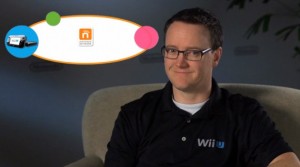
If you want to know all about the Wii U, this is the episode to watch! We talk about our impressions of ZombiU, NSMBU, Sonic All Stars Racing, SiNG Party, Nintend0 Land, and Call of Duty Black Ops 2. It’s all Wii U, all the time! And some regular news, of course…
Nothing too much to say about this one other than that it was a very good, clean podcast! Thanks for the questions all, and we hope you enjoy hearing our impressions of all the games and features.
~Austin
Subscribe via iTunes by clicking this thing!
Subscribe with Google by clicking this thing!
Subscribe with Yahoo something-or-other by clicking this thing!
[Review] Epic Mickey: Power of Illusion
Posted on 13 years ago by Austin(@NE_Austin) in 3DS, Podcast Stories, Reviews | 0 comments
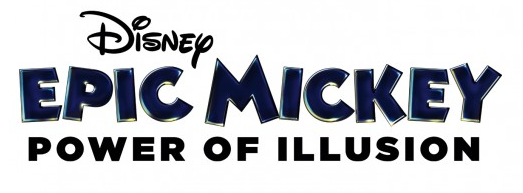
Note: This is the very first review written by podcast crew member Laura. Be nice, but be sure to let us know if it’s really terrible so we can fire her.
With a lot of gaming franchises you’ll end up seeing a poorly-transferred version of a console game come out for the handheld device of the time, presumably for some easy money. Epic Mickey: Power of Illusion takes that idea and gives it more hope. While the game has quite a few flaws, it carries many of the same elements as the original console game but at the same time holds strong on its own. Disney Interactive Studios has created a whole new game for the 3DS that fits with in the Epic Mickey world, and instead of trying to recreate an entire console game and shrink it down for a handheld device, they used the transfer to their advantage.
[Review] Epic Mickey 2: The Power of Two (Wii Version)
Posted on 13 years ago by Austin(@NE_Austin) in Podcast Stories, Reviews, Wii | 0 comments
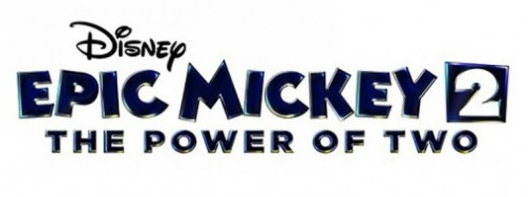
I’ve said about the first Epic Mickey that it was a flawed, but ultimately deeply engaging exploration platforming experience. We don’t have enough of the genre these days, so when the inevitable sequel to the game– tag-lined “The Power of Two”– was announced, I felt quite a bit of reserved excitement. If Junction Point could manage to take the good of the first game, strike out the bad, and add just a few minor touches, we would have this generation’s Banjo Kazooie. After playing the game, I still stand by that concept.
The problem is that they didn’t do it.